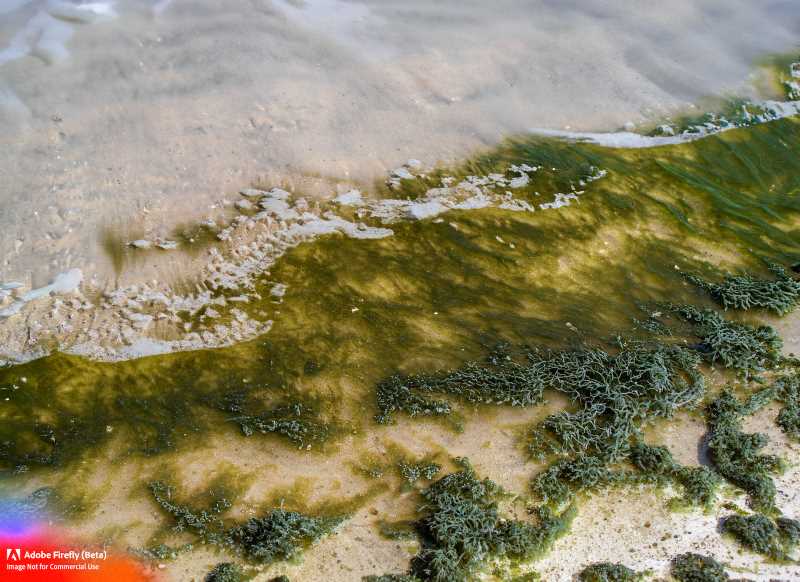The Hidden Horror of Flesh-Eating Bacteria in Sargassum
Discover the shocking findings of a Florida Atlantic University study on the presence of flesh-eating bacteria in the sargassum on Florida beaches. Learn how sargassum, plastics, and Vibrio bacteria create a dangerous combination, posing risks to both the environment and beachgoers.

Summer is synonymous with sun, sand, and sea, drawing beachgoers to the picturesque shores of South Florida and the Caribbean. However, lurking amidst the seemingly harmless sargassum algae lies a potential threat that has caught the attention of researchers at Florida Atlantic University. Their recent study reveals a sinister synergy between sargassum, plastics, and Vibrio bacteria, which they aptly describe as a "perfect pathogenic storm" capable of wreaking havoc on both the environment and beachgoers.
Sargassum, a type of algae, has long been a common sight on South Florida beaches during the summer months. Although this floating seaweed is largely harmless, its rapid reproduction in warm waters produces an unpleasant odor that can ruin the beach experience. But now, scientists have discovered that when sargassum combines with other bacteria and plastic debris, it becomes far more than just a nuisance.




